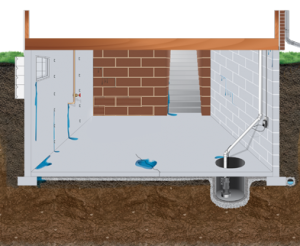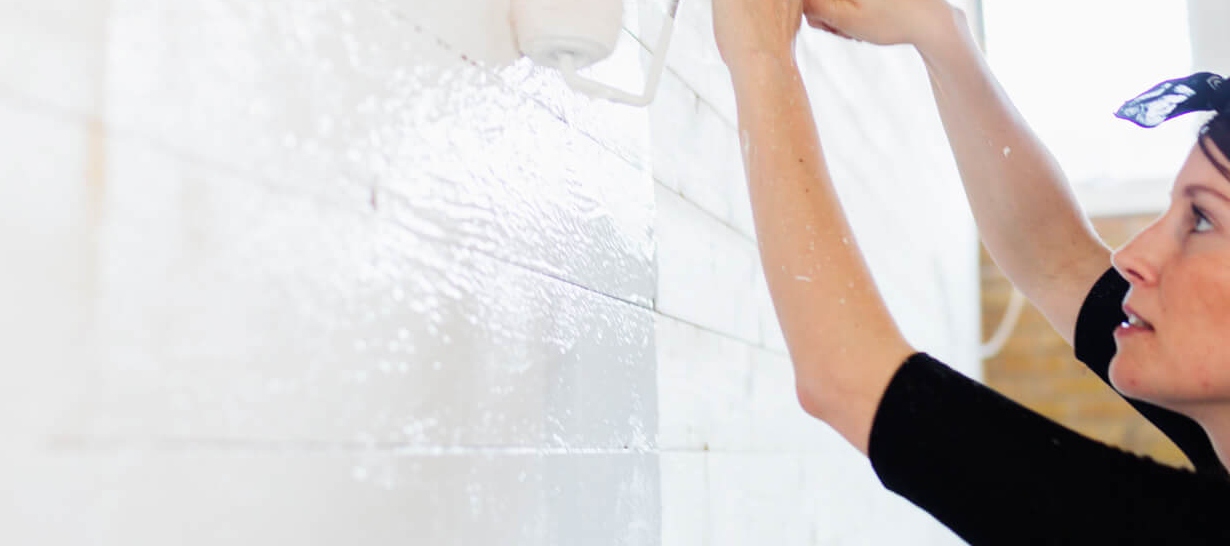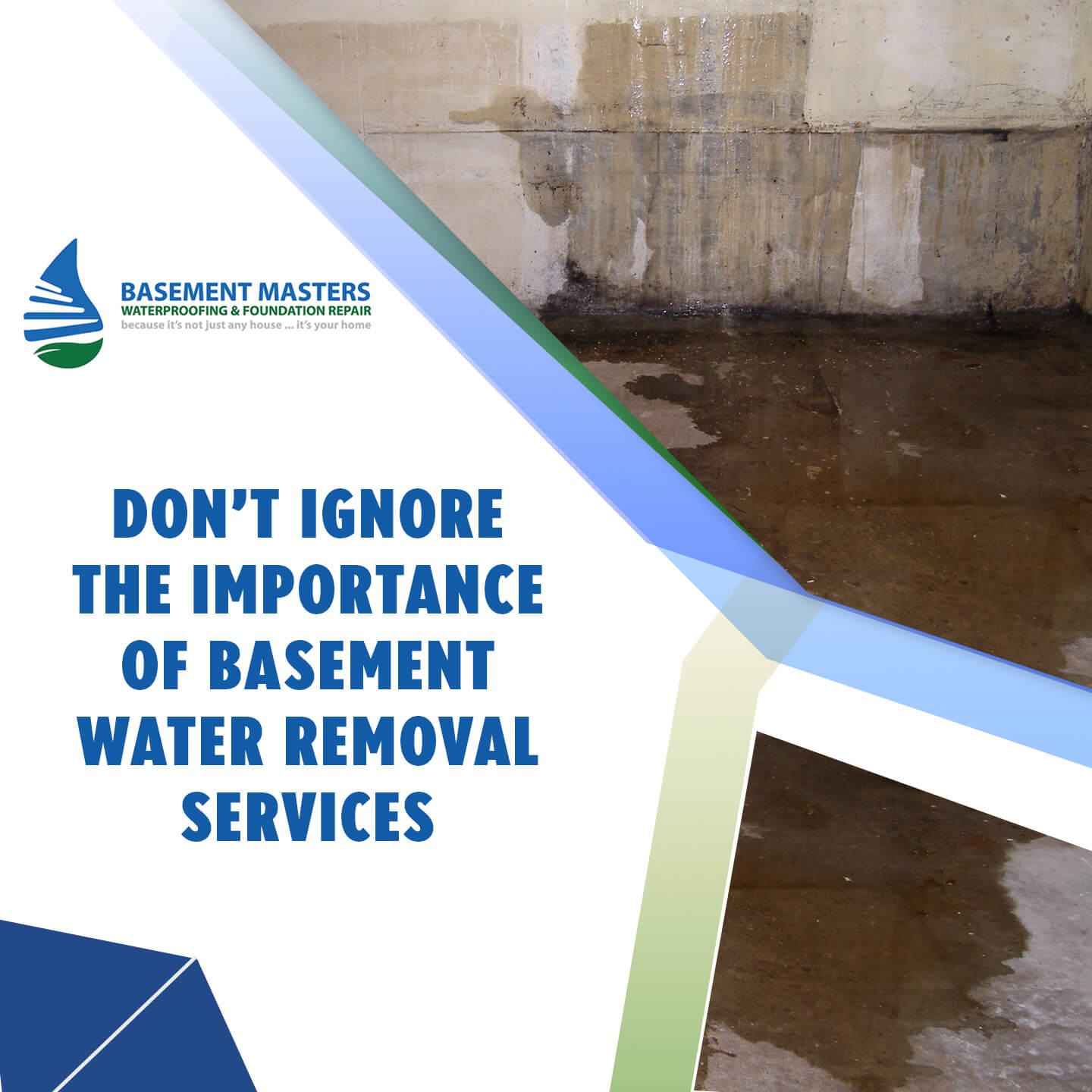Ideas for Solving Wet Basement Problems
A wet basement can be a real headache. Not only does it feel and smell musty, but it also makes the space practically unusable, even for storage. Basement moisture encourages the growth of mold and can ruin the floors, walls, and ceilings in your home. It also detracts from the value of your home.
There are a variety of solutions for a wet basement, depending upon the source of the water. It may be leaking in from the surface, seeping in from under the ground, or backing up from storm and sewer drains. Following is a list of ways to help deal with excess water in your basement.
Adding Gutter Extensions
While you may have downspouts on your home, it is important that they dump water less than five feet away from your home. If they need to be extended, you can always add plastic or metal gutter extensions.
Plastic ones work best if they cover an area you mow frequently. If you are worried about tripping over them or having to move them for mowing, a better solution is installing an underground drain pipe to move excess water further from your home.
While you can do it yourself, a waterproofing company has all of the equipment required to complete the job quickly and neatly.
Plugging Cracks and Holes
By its nature, water naturally seeks its way through any cracks or holes it passes around the foundation. Water seeping through basement cracks or holes around plumbing pipes can be plugged with hydraulic polyurethane or cement caulk.
If you see water dribbling into the basement through cracks or gaps around plumbing pipes, you can plug the openings yourself with hydraulic cement or polyurethane caulk.
Plugs are effective when the water is simply working through a hole due to surface runoff or damp soil. Plugs won’t solve the problem if groundwater is coming through the floor or where the floor and walls meet.
Grading Soil
Even if the gutters and downspouts are working properly, the soil may be sloping too much toward the house and allowing surface water to accumulate, creating a wet basement. Ideally, your home should sit on top of soil sloping at least 6 inches over the first 10 feet away from the perimeter of the house.
Eventually, the soil surrounding the foundation settles, and you will need to add additional dirt to build it back up. One cubic yard of a clay-loam mix, best for shedding water, is enough for a 2-foot-wide, 3-inch-deep layer along 55 feet of foundation.
Cleaning Footing Drains
Often water leaks into the lower part of your basement walls or seams due to hydrostatic (water) pressure from the outside soil. Sometimes when a house is built, footing drains are installed to carry water away from the foundation via underground pipes.
You may see a hole or drain in the basement floor or a clean out pipe a few inches above the floor. If the drains are clogged, you can open the cleanout and use an auger and/or hose to flush out the pipes.
Installing a Curtain Drain
A French drain is a shallow trench (2 feet deep and 1.5 feet across) filled with gravel and a perforated pipe that catches excess water and carries it down a slope to a safe distance from your home.
If a drain passes through an area with trees and shrubs, you may want to place solid pipes in that area to eliminate the risk of roots growing into the pipe and clogging it.
Installing an Interior Drainage System
If you are still having problems with hydrostatic pressure, the best solution is to install an interior drainage system with a channel beneath the basement floor, a sump pump, and, often, a backup sump pump to pump water out of the basement.
First, a channel is drilled around the perimeter of the exterior basement walls. Then a perforated pipe is laid into the hole. The pipe drains into a sump pump well in the basement where a sump pump forces the water outside of the house.
Building an interior drainage system is the least disruptive option if you have an unfinished basement with easy access. It’s also the best option if you don’t want to dig in your yard and destroy the surrounding landscaping.
Installing an Exterior Drainage System
An interior drainage system gets water out of the basement, but an exterior drainage system is the best way to ensure that water doesn’t enter the basement in the first place. An exterior drainage system, also called a French drain, protects the home’s foundation by relieving the excess water pressure in the surrounding soil.
Unfortunately, installing an exterior drainage system requires excavating around the house. It is the best solution if you have a finished basement and want to avoid having a mess inside the basement.
It can also be more expensive than an interior drainage system and may require tearing up your yard and landscaping and removing sidewalks, patios, or decks.
Contact Basement Masters Waterproofing to Avoid a Wet Basement
Basement Masters Waterproofing can help you with all of your home’s water-related issues. Our services include installing interior and exterior drainage systems, gutters, downspouts, and professional grading, and water seepage solutions.
Contact us today for a no-cost evaluation of your home’s basement and exterior.
This post was originally published on 8/9/17 and updated on 12/21/2021 for accuracy and a larger scope of information.







